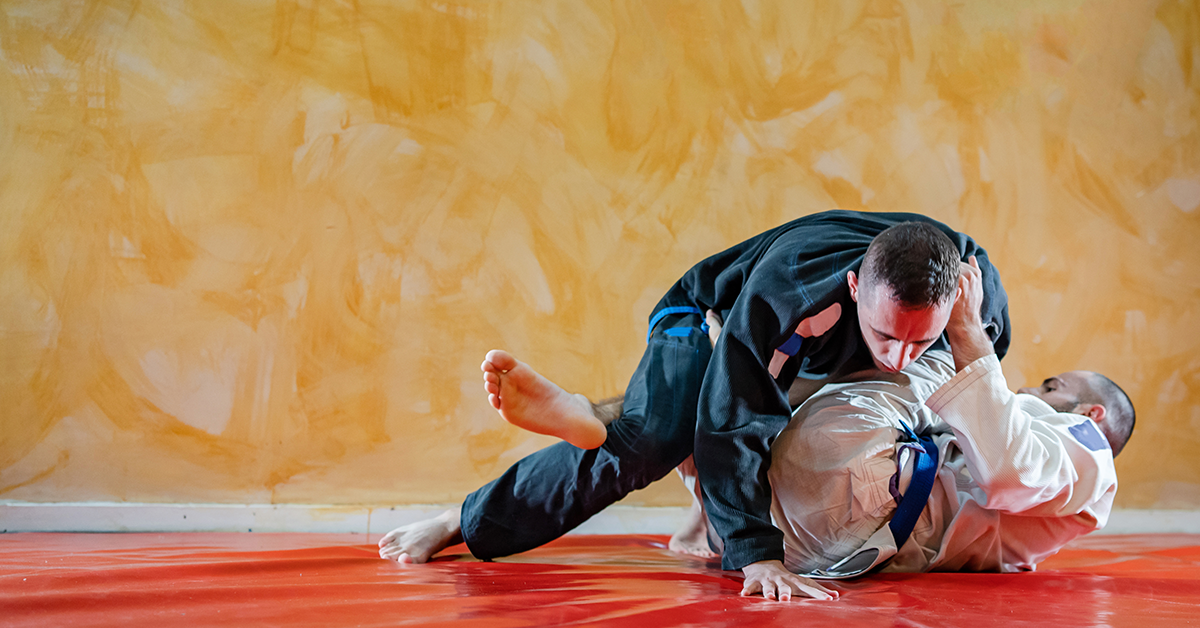Open Guard vs Closed Guard

The closed guard and open guard are considered basic positions in the Jiu-Jitsu realm. These moves are not only highly efficient but they're also recommended to learn. Not to mention, both closed guard and open guard give players great tools from the bottom and the top game. Having these two moves teaches one several martial arts lessons. In turn, practitioners will implement jiu-jitsu concepts like distance managing and control before submission, to name a few.
So what is the difference between the closed guard and open guard? Read below to find out more.
Closed Guard
The closed guard position is when the practitioner's legs are closed around the opponent's waist. Both BJJ beginners and high-level competitors mostly use this move. In this scenario, the practitioner should grab the opponent's sleeve or collar.
Open Guard
The open guard position is different from the closed guard. In this move, the practitioner's legs aren't closed around the opponent's waist.
Pros vs. Cons:
There are benefits and downfalls to both positions. While they both are helpful, there are specific scenarios to use either one. You can read the list of pros and cons below.
Closed Guard Pros:
- The closed guard is one of the top offensive guards in Brazilian Jiu-Jitsu.
- This technique gives the practitioner strict control over their opponent.
- The closed guard gives BJJ players more leverage to other submissions and sweeps, like chokes (cross chokes), shoulder locks (omoplata), arm locks (armbars, wristlocks), and scissors sweeps.
- The closed guard gives one more access to the opponent's upper body submission that will be available by breaking the opponent's posture.
- It is one of the rigid guards to pass in Jiu-Jitsu in both gi and no-gi.
- It's easy to learn! Many closed guard techniques are picked up in a short training period.
Closed Guard Cons:
- The practitioner can get struck quickly due to the distance.
- The opponent sometimes uses the closed guard to block the game. This factor essentially rings true when they're winning.
Open Guard Pros:
- The open guard allows BJJ players to take on different tactics to win.
- It gives practitioners unlimited game transitions. They can switch from the Dela Riva guard, lasso guard, spider guard, X guard, and other Brazilian jiu-jitsu positions.
- The open guard makes it easier to perform several sweeps and attacks like leg locks, triangles, armbars, and omoplata, to name a few.
- The open guard is safer due to the enormous distance from the opponent.
Open Guard Cons:
- The open guard is the easiest to beat when playing against a brand new white belt, blue belt, or purple belt.
- There's a lack of body connection with the open guard, making it easy for opponents to defeat the practitioner.
- In the open guard, there's a lack of control which can challenge a white belt.
So which move is better to go with? The BJJ community says either-or. It's recommended for a BJJ practitioner to learn them both for defense and offense.
Schedule Your Class Today!

